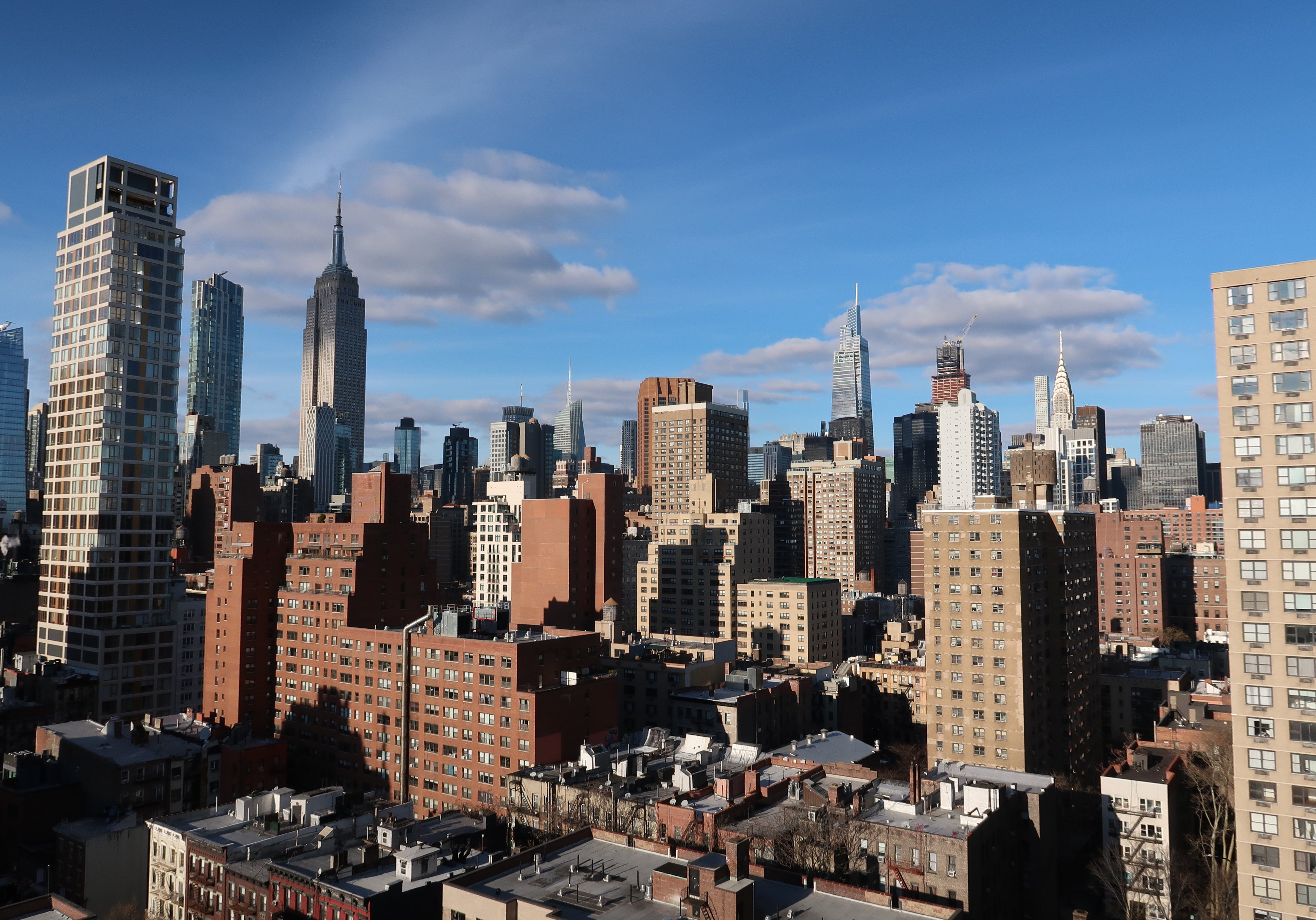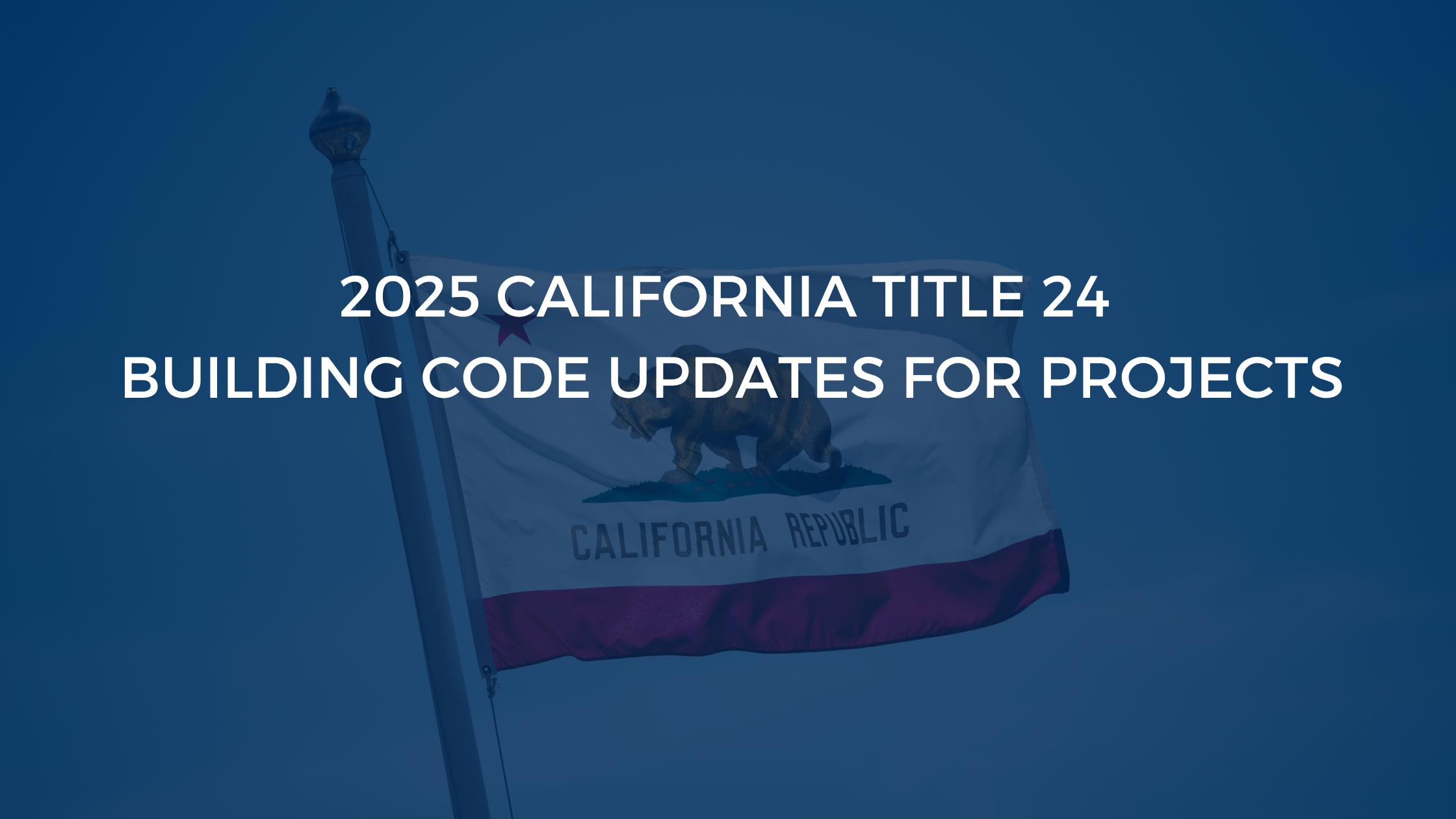The COVID-19 pandemic has put a considerable damper on all sorts of business and economic activity, shutting down entire industries. However, one sector that's been able to weather the storm relatively well is the life sciences.
If anything, pharmaceutical and other biotech companies have ramped up their operations in pursuit of a vaccine and effective treatments.
To understand more about the sector's footprint in New York City, we sat down with Yasmeen Ahmed Pattie, Principal at East Egg Project Management, to learn about prior challenges to growth and what the future holds.
Making NYC a leader
If anyone has a beat on the pulse of the NYC life sciences sector, it's Yasmeen, who's worked in life sciences real estate for 17 years. In that time she has helped with development planning, collaborated with scientists, and contributed to major projects that have established New York City as a premier location for the life sciences.
But NYC wasn't always so hospitable to such companies. While other cities took off as life sciences hubs, restrictive zoning and burdensome permitting requirements slowed growth in NYC, despite advantages like access to top-tier universities and research hospitals. Among the biggest hurdles was a lack of commercial space.
"The NYC life sciences market was growing in fits and starts for a long time," Yasmeen said.
A lot changed when, in 2015, the NYC Economic Development Corporation (NYCEDC) commissioned a report on how to better support the life sciences with infrastructure and space. That in turn led to a major push by the State and City governments to modernize land use/zoning regulations and invest more than $1 billion combined to further encourage and facilitate life sciences development through incentive programs.
These efforts over the last few years have resulted in significant job creation and close to 100,000 square feet of incubator space, with multiple larger projects on the horizon.
Resilient amid pandemic
While many other areas of the economy have suffered during the pandemic, the life sciences has experienced relative strength and stability. This is because more money and resources are being directed toward a vaccine and other research and development.
"There has been a major focus on what scientists can do in terms of addressing the disease and helping communities," Yasmeen said. "That's led to more projects as people understand the importance of funding the life sciences."
This trend extends not only to COVID-19 treatments, but also to medical devices (e.g., ventilators) and innovations that create a safer world by stemming the spread of infectious diseases.
Expansion on the horizon
By all accounts, the life sciences sector in NYC is poised for more growth. In a recent report, JLL said the city boasts several advantages that make it a welcoming destination, such as:
- Scientific and executive talent pools
- Neighborhood amenities
- Proximity to research leaders and institutions
- Government support
- A dynamic work-and-play urban environment
"There's plenty of supply and demand fueling a cycle of growth," Yasmeen said. "As companies grow out of the incubators, they'll take space in the new larger developments across the city, while new startups will take their turns at the incubators."
That expansion can be seen across the city, as several subclusters have emerged, including:
- East Side (where the sector started with the Alexandria Center for Life Science)
- Midtown West (Hudson Research Center)
- Hudson Square (New York Genome Center, JLabs, Biolabs@NYULangone)
- West Harlem (Harlem Biospace, CUNY, The Taystee Building)
- Jersey City (95 Greene Street)
Another subcluster that is worth noting is Long Island City; Yasmeen and her team wrote a feasibility study on why LIC is primed for life sciences companies because of its transit access, building stock, lower price points, and proximity to Manhattan and airports.
Major considerations for creating life sciences space
As the sector expands and seeks to acquire more real estate, and with only so much space in NYC available, renovating existing buildings can be a viable way to meet the growing demand for lab space. All of the projects in LIC currently underway, for example, are retrofits.
This means developers will need to navigate the ins and outs of ever-changing building code and zoning regulations in NYC. Important planning points include:
- Zoning: Zoning districts dictate what allowable uses are permitted for a building or space. Depending on the specific lab use, it can fall under different Zoning Use Groups.
- Floor loads: Lab spaces need stronger floor loads than regular office spaces in order to be able to hold heavy equipment and provide vibration control.
- Ceiling heights: Floor-to-floor heights also need to be greater than typical offices to accommodate the ductwork, sprinkler, wiring and other infrastructure required in labs.
- Ventilation systems: To protect worker safety and ensure chemical fumes generated in the lab are not recirculated, laboratories must meet specified air ventilation rates and exhaust system requirements.
- Height restrictions: Hazardous chemicals and flammable materials are prohibited by NYC building code to be stored above certain heights. This makes finding a building with ground-level storage key for repositioning.
- Building design and amenities: In addition to all the above requirements, employers know that the spaces they rent need to be contemporary and attractive in order to draw top-level talent.
Importance of working with an experienced expeditor
While NYC has cultivated a leading life sciences sector by overcoming many of its past hurdles, the issue of finding or building out functional lab space can still be a major barrier.
Permitting is a challenge that may be particularly difficult to address, as life sciences companies fitting out their spaces will need to liaise with DOB and FDNY at a minimum, and sometimes DOH and DOT as well. Also, as technologies and building codes are constantly changing, keeping on top of those changes is crucial.
So, what's the solution? Working with a smart permit expeditor. Expeditors have extensive up-to-date knowledge of New York City's building code requirements and can prevent their clients from wasting time, effort, and money on plans that won't meet code. Not every expeditor, however, is created equal.
"There are plenty of expeditors in the city, but they need to know specificities of the life sciences space. Milrose is definitely my go-to." Yasmeen said.
Milrose's expertise with New York City's zoning resolution, building code, and permitting processes has allowed us to play a key role in growing NYC's life sciences sector over the past 15 years. We are experienced and deeply familiar with the code and zoning specifications of laboratory spaces and can help ensure your plans are fully code compliant.
If you are looking to convert an existing building into lab space or build new, Milrose is highly qualified to guide you through NYC's complex permit approval process. Contact us today to find out how we can bring value to your project.



-3.png)


